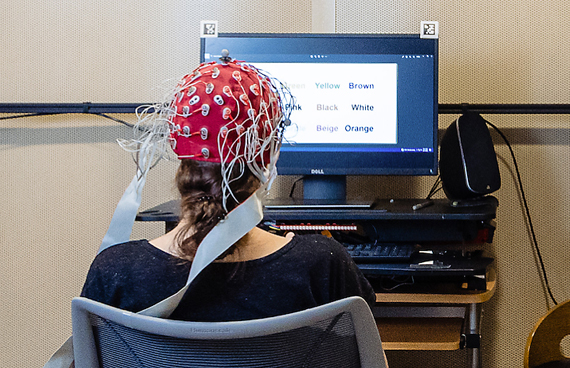A new $3.5 million grant will examine how the economic, social, and health care disruptions caused by COVID worsened the nation’s opioid epidemic. Co-led by University economist Elaine Hill and Meredith Adams of Wake Forest University School of Medicine, the study will seek to determine how the response to the COVID pandemic impacted opioid use disorder in different communities and whether the progress made in recent years can be recovered.
The COVID pandemic ushered in a sharp reversal in the trend of opioid-related deaths, as the number jumped by more than 28 percent in the first year of the pandemic. In fact, the scope of opioid deaths during this period was likely an undercount, as Hill’s prior research has shown that the actual number of opioid deaths is probably significantly higher than reported figures.
When the COVID pandemic hit, it upended social and economic life as states and counties implemented measures to halt the spread of the virus and protect those whose health was most at risk. Health care infrastructure was also redeployed from other areas to provide COVID care. All these factors combined to worsen the opioid epidemic in vulnerable communities and increase opioid use in communities where it was not prevalent pre-pandemic.
The new project will involve researchers from the University of Rochester, Wake Forest University, and Indiana University. The team will harness huge sets of federal and state health care claims data, capturing nearly half of the U.S. population. This information will be combined longitudinally across different stages of the pandemic with state- and county-level mitigation policies, the realignment of addiction treatment resources, and how these factors impacted the care received by individuals with opioid use disorders.
The project is part of a broader initiative supported by the National Institutes of Health called the Social, Behavioral, and Economic Research on COVID Consortium, which was created to assess the impact of COVID and associated mitigation efforts on individual, family, and community behavior and on how subsequent economic disruption affects health-related outcomes, with close attention to underserved and vulnerable populations.


